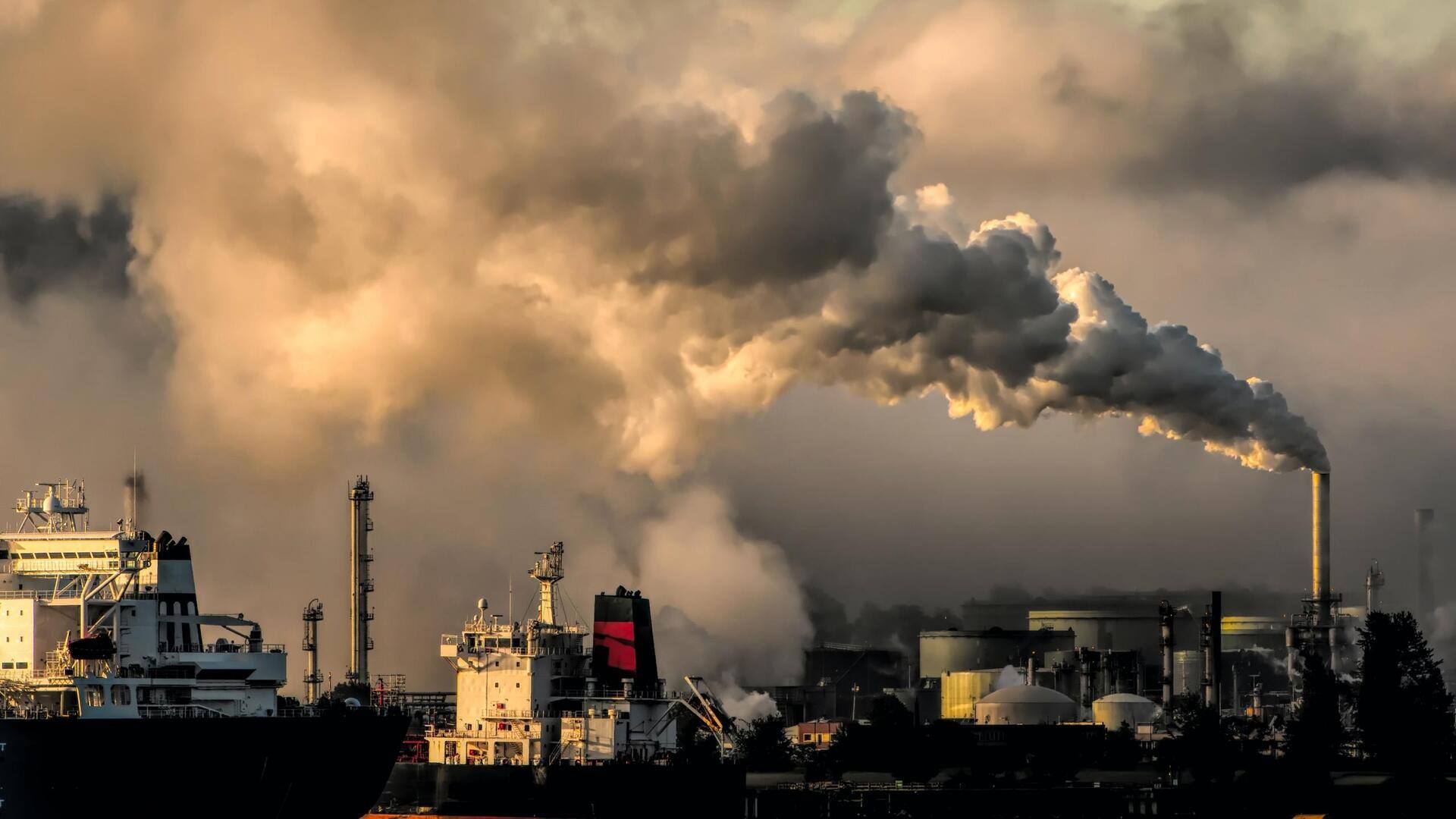
21 Indian cities reduce PM10 pollution by over 40%: Report
What's the story
Data from the Central Pollution Control Board (CPCB) reveals that out of the 131 Indian cities under the National Clean Air Programme (NCAP), 95 have improved their air quality. Remarkably, 21 of these cities have reduced PM10 (particulate matter that is 10 microns or less) pollution by over 40% compared to levels recorded in 2017-18. However, only a small fraction of NCAP cities, specifically 18 out of the total, met the National Ambient Air Quality Standards (NAAQS) for PM10.
Pollution reduction
Cities that achieved significant reduction in PM10 pollution
The cities that have achieved a significant reduction in PM10 pollution by over 40% include Varanasi, Dhanbad, Byrnihat, Bareilly, Firozabad, Dehradun, Tuticorin, Nalagarh, Moradabad, Khurja and Trichy. Other cities on this list are Lucknow, Kohima, Kanpur, Kadapa, Sivasagar, Sunder Nagar, Agra, Greater Mumbai, Rishikesh and Parwanoo. This achievement marks a substantial stride toward cleaner air in these urban areas.
Air quality
Other cities also show improvement in air quality
Additionally, 14 cities including Ahmedabad, Ghaziabad, Rajkot, Jalandhar and Raebareli have managed to reduce PM10 pollution by 30-40% compared to levels in 2017-18. Cities like Khanna, Durgapur, Kurnool, Dera Baba Nanak, Vadodara, Allahabad, Asansol, Hyderabad, Gorakhpur, Ranchi Bengaluru, Akola, Ananthapur, Durg, Bhilainagar, Surat and Noida have also recorded a reduction of 20-30% in PM10 levels during the same period.
Target revision
NCAP's revised target and performance assessment
India initiated the NCAP in 2019 with an initial goal to lower particulate pollution by 20-30% by 2024, using 2017 as the reference year. This target was later revised to a more ambitious aim of a 40% reduction by 2026, based on data from the fiscal year of 2019-20. The performance assessment under this program is primarily focused on PM10 concentration levels.